Canada has some of the most varied and sizable cities in the world, all of them large in their own way.
Whether by population or physical size, or by their influence on the world’s culture and economy, some cities are simply massive.
This article breaks down Canada’s large urban areas by three metrics: population size, landmass, and importance, to help you understand the country.
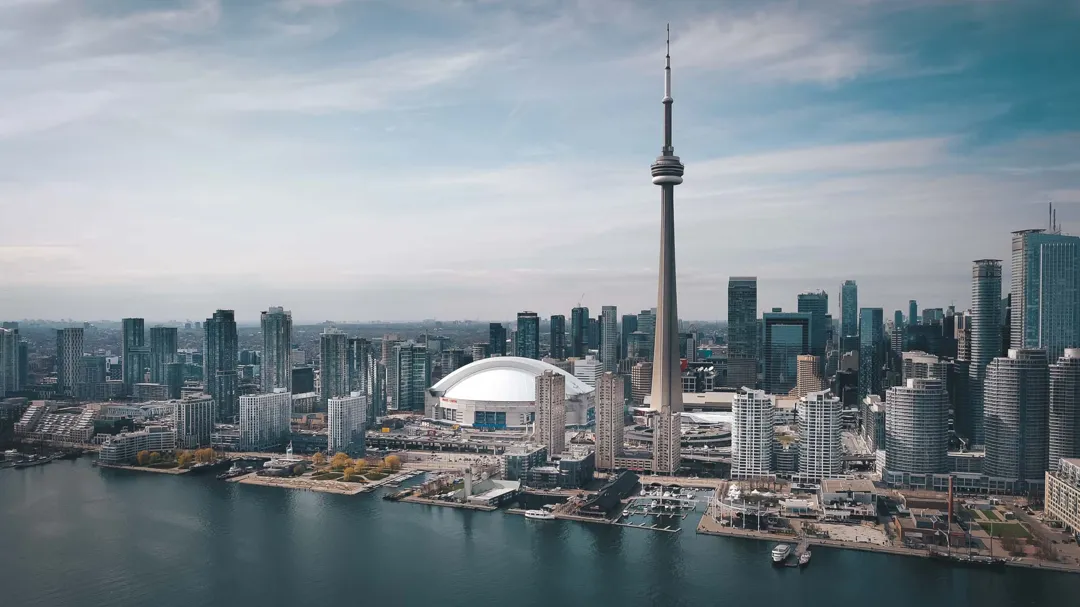
Comparing the Definitions of "Biggest"
So, what actually makes a city the "biggest"? It’s not just about one single thing. There are three factors to consider here.
Population Size
When most people talk about the "largest cities", they are usually talking about population.
Population is the total number of people who live in the city proper, as well as the outlying metropolitan area.
Cities like Toronto and Montreal have tens of millions of people living in them, so these cities will dominate a list of the "largest" cities.
Land Area
Land area lists compare the total physical space of a city. They include not just the urban area but the entire area under the municipal government.
This can cover suburbs and even wilderness. And they may not be home to the most people, but these cities are certainly spread out.
Economic and Cultural Significance
The cities that they rate as the "biggest" are the ones with the most influence. It could not be the biggest geographically or the most populous.
It had to be an epicenter of high finance and culture home to travelers and expats working — and partying. These are wild places: pulsing, vibrant centers of trade and innovation.
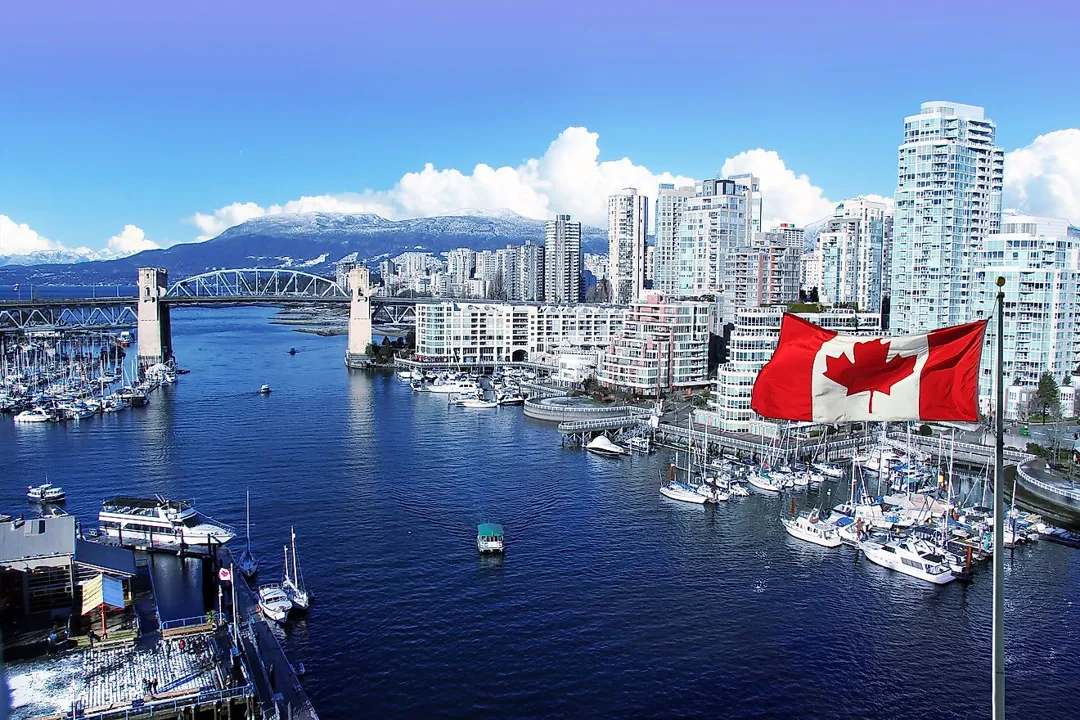
Biggest Cities by Population
When we think about how big a city is, we usually look at how many people call it home.
There’s a distinction between the population that resides in the city proper versus the surrounding metro area.
The city proper is the central point; metros take into account the suburbs and other neighboring cities that are tied into the city.
Here’s a table listing an overview of the five most populous cities in Canada:
City | Population |
|---|---|
Toronto, Ontario | 6,202,225 |
Montreal, Quebec | 4,291,732 |
Ottawa-Gatineau, ON/QC | 1,488,307 |
Calgary, Alberta | 1,481,806 |
Edmonton, Alberta | 1,418,118 |
Toronto, Ontario
With a population of about 6.2 million, Toronto is Canada’s biggest city. It’s a melting pot of cultures that come together to create a vibrant and diverse community.
It serves as the country’s economic capital too, with a number of large financial institutions and multinationals located here.
The cultural diversity of the population makes it seem like you’re in a city within the world, not just Canada.

Montreal, Quebec
With a population of about 4.28 million, Montreal is a city rich in character and history. Picture strolling down the cobblestone streets, with history mixing the new.
The French-speaking people give a special ambiance you can see its cuisine, music, and daily living. Its arts scene is vibrant, and the city throws tons of festivals.
Ottawa, Ontario
Home to nearly 1.5 million people, Ottawa is a living, breathing city where the past and present merge and coexist.
You can admire the ornate architecture, take historical tours around the iconic Parliament Hill, and visit museums that celebrate Canada’s history and culture.
However, while it’s rich in culture, tradition, and heritage, the city is also vibrant and dynamic, with bike paths, parks, and even public markets.

Calgary, Alberta
Home to about 1.48 million people, Calgary has experienced significant growth in recent years due to the oil and gas industry.
It’s an outdoor-loving city, and there’s easy access to the Canadian Rockies for skiing and hiking.
Calgary is also well known for its annual Stampede, an enormous rodeo that attracts visitors and tourists from around the globe.
The blend of cowboy tradition and big city growth gives the city a unique feel you won’t find anywhere else.
Edmonton, Alberta
Edmonton is another city of almost 1.41 million people and is referred to as the "gateway to the north."
The city celebrates tons of festivals and is home to a thriving arts scene, making sure the cultural vibe thrives year round.
Wander around its lovely river valley parks and experience the neighborhood feel because, this is a very friendly city.

Biggest Cities by Economic and Cultural Significance
When discussing the importance of cities, it’s not always about the size. A lot of times it’s not about the size at all. It’s about the influence.
Some cities just have a unique charm—whether it’s their financial districts, artistic scenes, or something else entirely.
Let’s take a look at them so we can appreciate their value in terms of more than just square kilometers and people.
Montreal, Quebec
Montreal’s cultural richness is one of its most endearing qualities.
There is an amazing art scene here, and the city is home to some world-famous international festivals, such as the Jazz Festival.
Everywhere you turn, Montreal feels like one giant art exhibit, with street art and galleries at every corner, while the French language just adds another level of cultural experience.
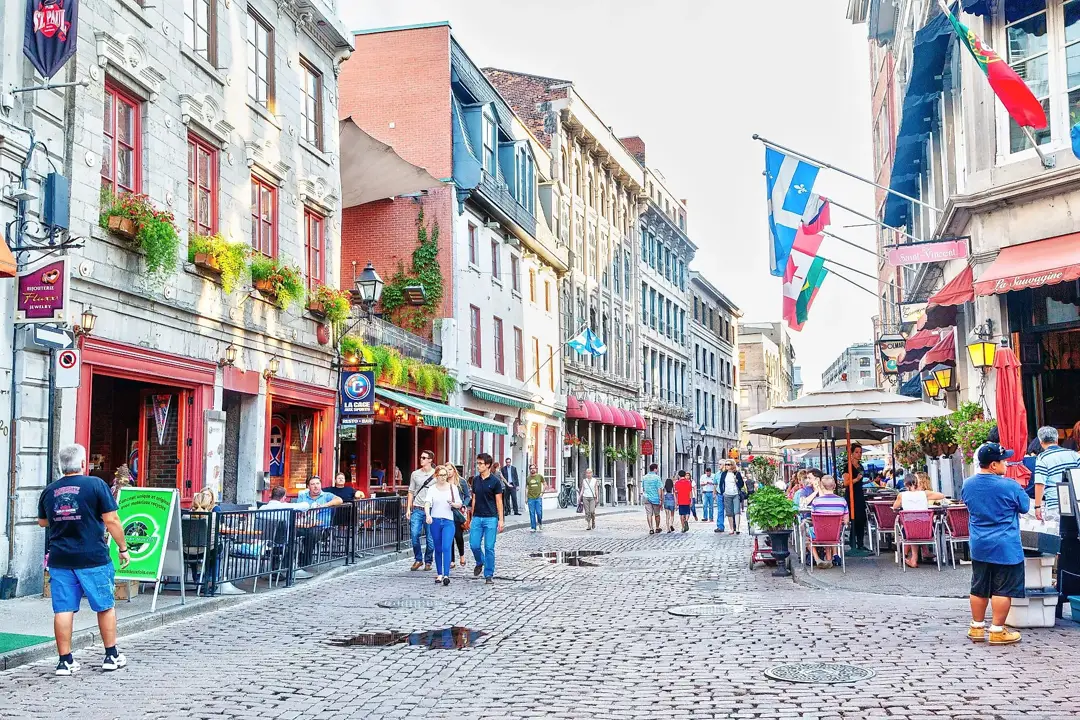
Ottawa, Ontario
Ottawa is the political and historical hub of Canada. After all, it is the capital, brimming with national history and pride.
Tourists come to visit Parliament Hill and some of the country’s best museums, but they stay for the rest of the city.
Ottawa has a small-town feel, with most of the action centered on a welcoming market and tons of beautiful parks.
It’s a city where the marcy and the modern blend seamlessly.
Quebec City, Quebec
Quebec City is one of Canada’s most populous municipalities and the second most populous city in Quebec.
Designated a UNESCO World Heritage Site, it’s the only North American city north of Mexico with its original fortress walls still intact.
It’s certainly not Toronto or Montreal in size and scale. However, the city very much helps anchor Canada’s French cultural identity and tourism industry.
Vancouver, British Columbia
Vancouver is a bustling city of media, marketing, and shipping, but its true star is the natural environs.
Between the mountains and the sea, this is one popular tourism hot spot.
The population is culturally diverse, the living is easy-going, and the scenery is outstanding.
It is a major seaport, connecting Canada to the major markets of the Pacific Ocean.

Winnipeg, Manitoba
Winnipeg is Manitoba’s biggest city and a major stopping off point and gateway to the urban heartland of Canada.
The city is geographically spread out and the built-up area mixes in with the prairies, so it is both sprawling and eclectic.
As a cultural and economic center for the Prairies, it’s an essential type of big city that Canada can boast.
Biggest Cities by Land Area
When we think of big cities, it’s not always about the land area.
And yet, many of Canada’s urban areas are sprawling monsters that cover a lot of land.
These cities aren’t as "packed" as others but there are plenty of open spaces and a way to get out and connect with nature.
Below is a chart of the largest cities in Canada by area.
City | Land Area |
|---|---|
Fort McMurray, Alberta | 63,783 km² |
La Tuque, Quebec | 28,000 km² |
Kenora, Ontario | 211.65 km² |
Greater Sudbury, Ontario | 3,200 km² |
Sault Ste. Marie, Ontario | 2,400 km² |
Fort McMurray, Alberta
Fort McMurray, an industrial town in the northeast in Alberta, is famous for its gigantic city limits.
The city stretches across 63,783 km², making it the largest municipality in North America in terms of land area.
Its population, however, is centered in a much smaller area within the nearly empty and undeveloped boreal forests and oil sands projects.
La Tuque, Quebec
The oddly named La Tuque is the biggest city in Canada in terms of land area.
It covers about 28,000 km², all of which comprise beautiful and spacious forests and rivers.
And with its size, the city offers a lot of world (literally) for exploring, be it hiking, fishing, or just being outside, there is a lot of outside to be in.
La Tuque is the ultimate place to get up close and personal with the Canadian wilderness.
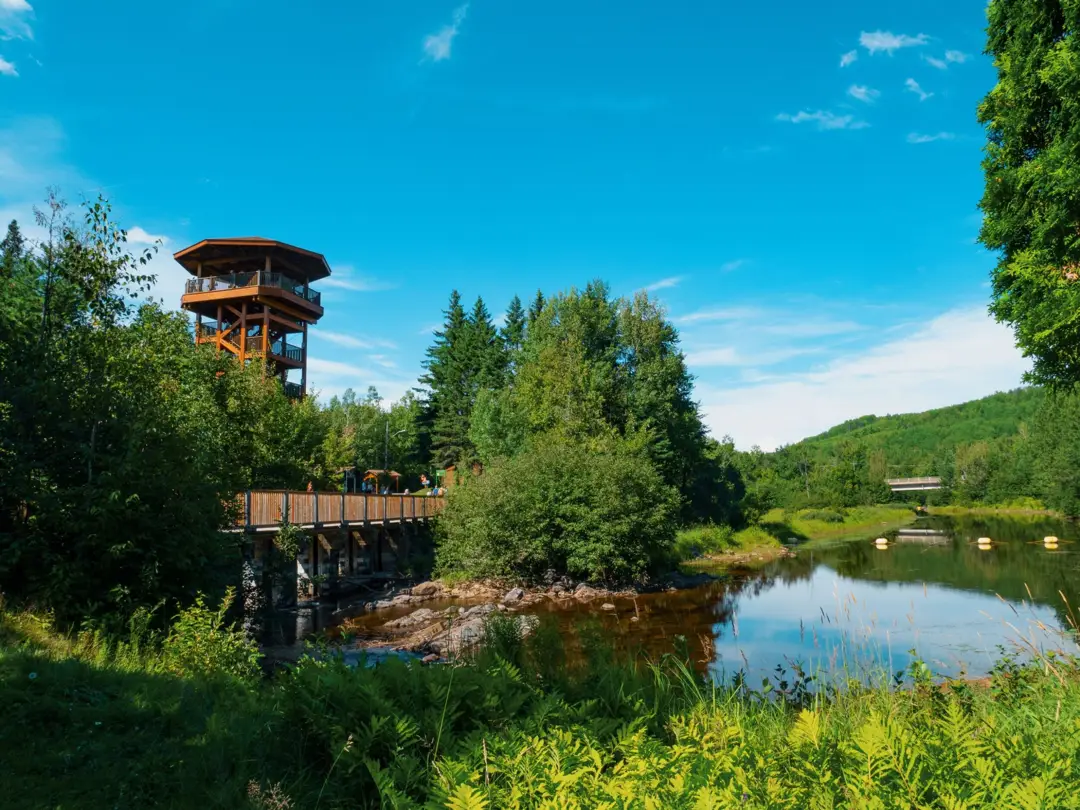
Kenora, Ontario
Kenora is situated in northwestern Ontario, along the shores of Lake of the Woods.
The city covers a land area of 211.65 km², characterized by its numerous lakes and forested regions.
While the urban population is concentrated, the surrounding area is sparsely populated, highlighting the city's extensive land coverage.
Kenora's geography plays a crucial role in its tourism and recreational activities, attracting visitors to its natural landscapes.
Greater Sudbury, Ontario
Greater Sudbury sprawls over some 3,200 km², making it one of the largest cities in the world by land area.
Sudbury is a town that lets you have the best of both worlds: urban comforts and outdoor activities are never far away.
From its numerous parks and trails, it is easy to escape for the day.
Sault Ste. Marie, Ontario
Sault Ste. Marie covers an area of around 2,400 km² and is home to a large swath of Lake Superior shoreline.
The city is a great mix of urban environment and outdoor activities, all while offering scenic views of the lake and forest.
There is no shortage of history and nature to explore. It’s the perfect combination of nature and activity.
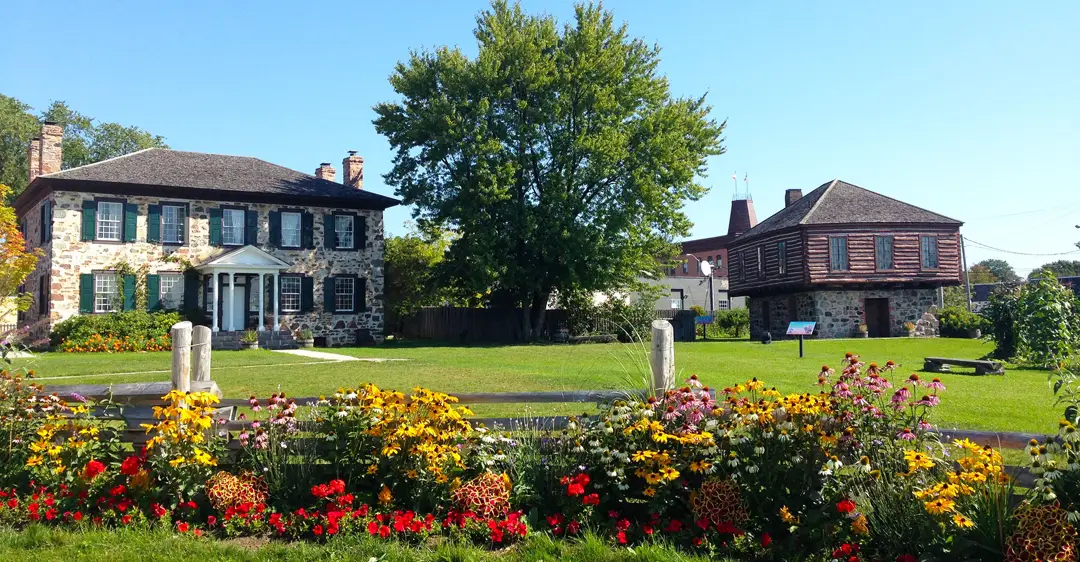
FAQ
1. What is the best way to get around in Canada's largest cities?
Toronto, Montreal, and Vancouver have extensive public transit systems, while Calgary and Ottawa also offer light rail and bus networks.
2. Are Canada's largest cities safe for tourists?
Yes, Canada’s major cities are generally safe, though, like any big city, visitors should be aware of their surroundings, especially at night in downtown areas.
3. Which big Canadian cities are most affordable to visit?
Compared to Toronto and Vancouver, cities like Ottawa, Calgary, and Montreal often offer more budget-friendly accommodations and dining.
4. Do Canada's largest cities have good winter infrastructure?
Yes, major cities like Toronto, Montreal, and Ottawa are well-prepared for snow, with efficient public services, though visitors should still pack winter gear.
5. What languages can I expect in Canada's biggest cities?
English dominates in Toronto, Vancouver, and Calgary, while Montreal and Ottawa are bilingual, with French widely spoken in Quebec.
Conclusion
Canada’s largest cities come in all shapes and sizes, whether that’s in terms of population, physical size, or impact.
Knowing that a city can be "big" in all kinds of ways will help travelers and readers get to know the varied urban terrains of Canada.
Ranging from compact urban centers to vast expanses of land, Canada’s cities reflect the complexities of the country, all waiting to be explored and experienced.
